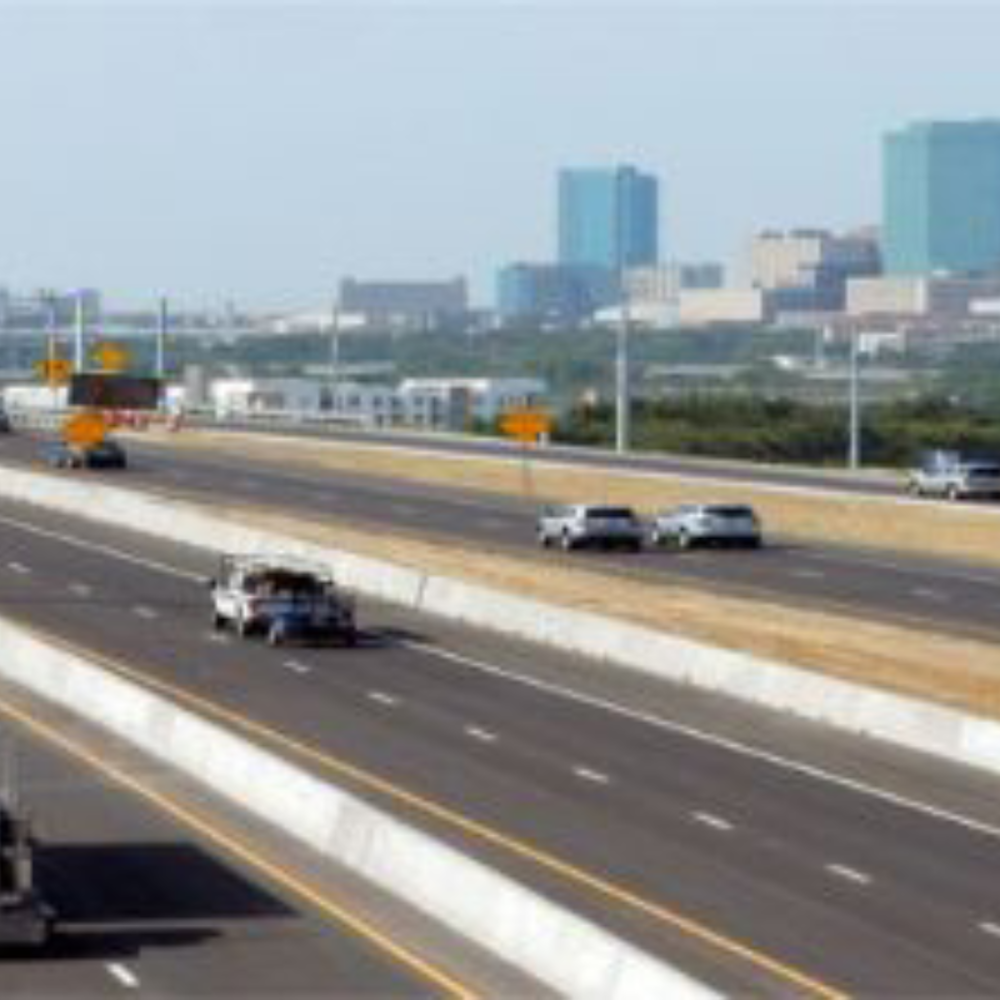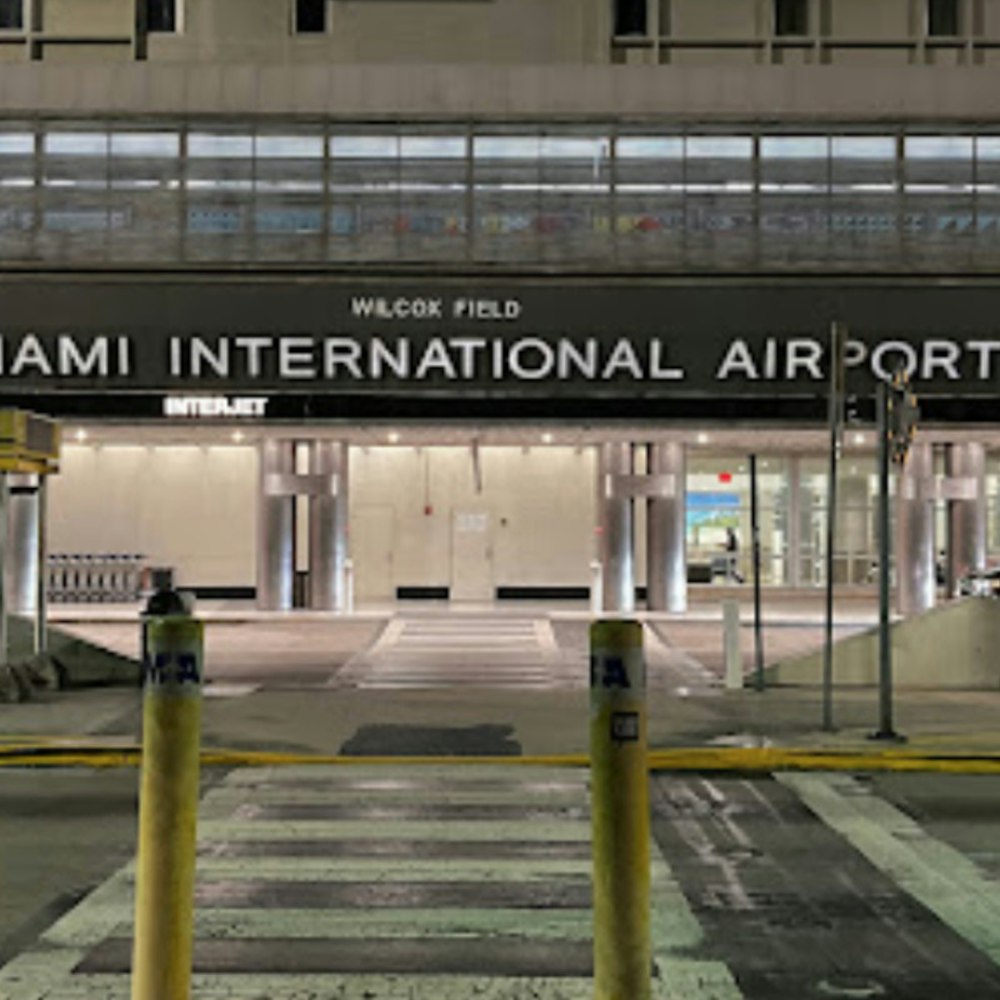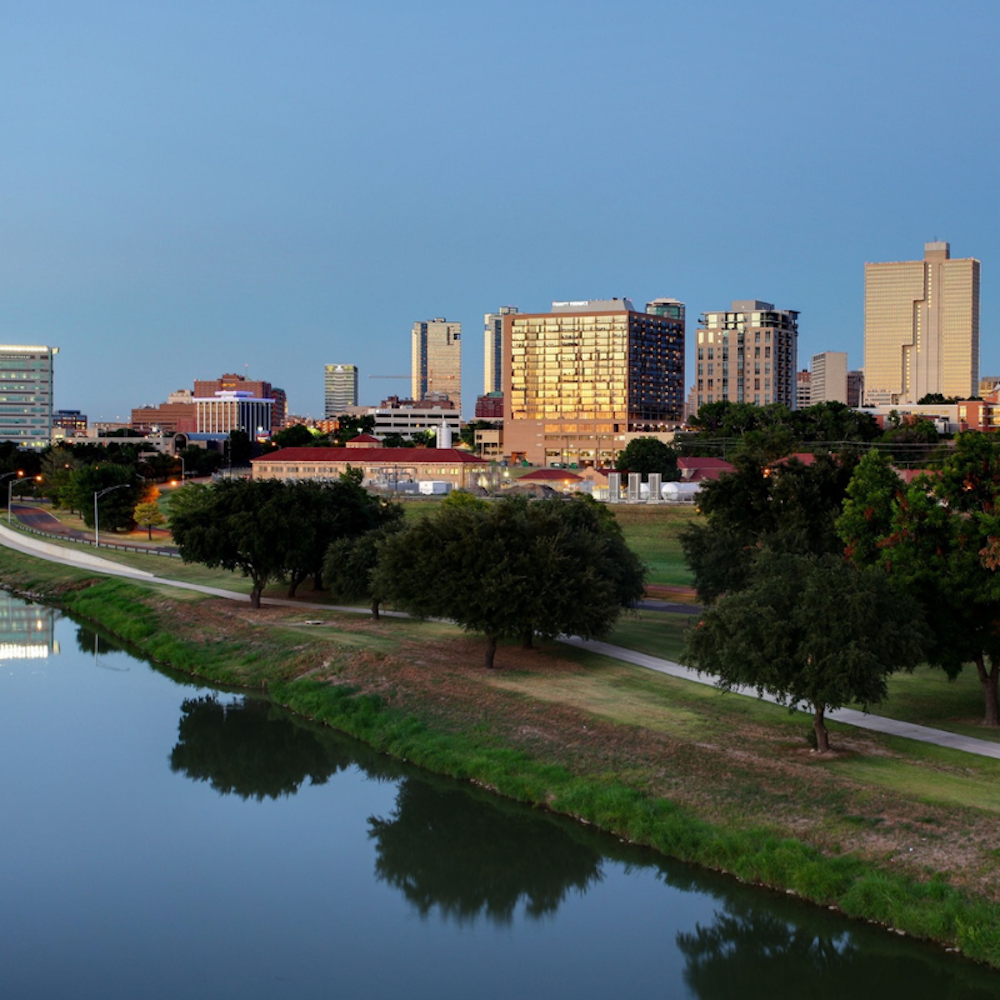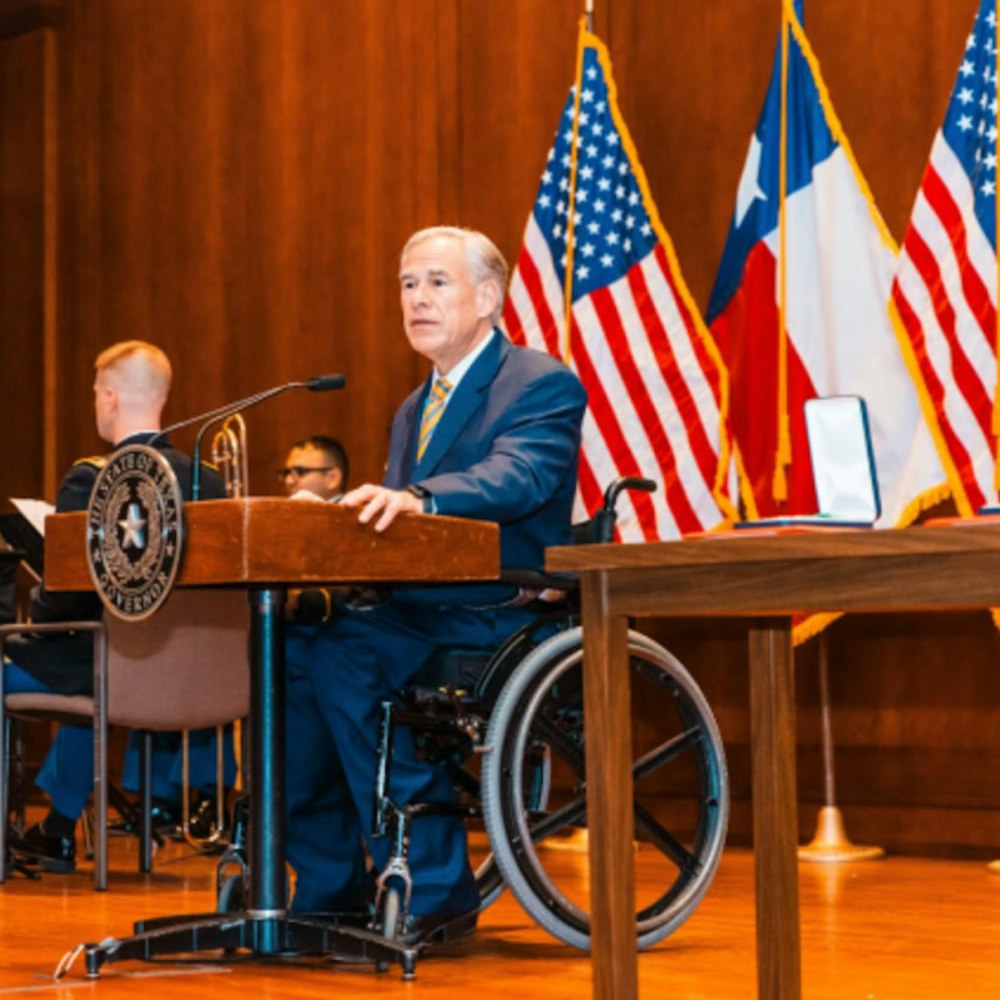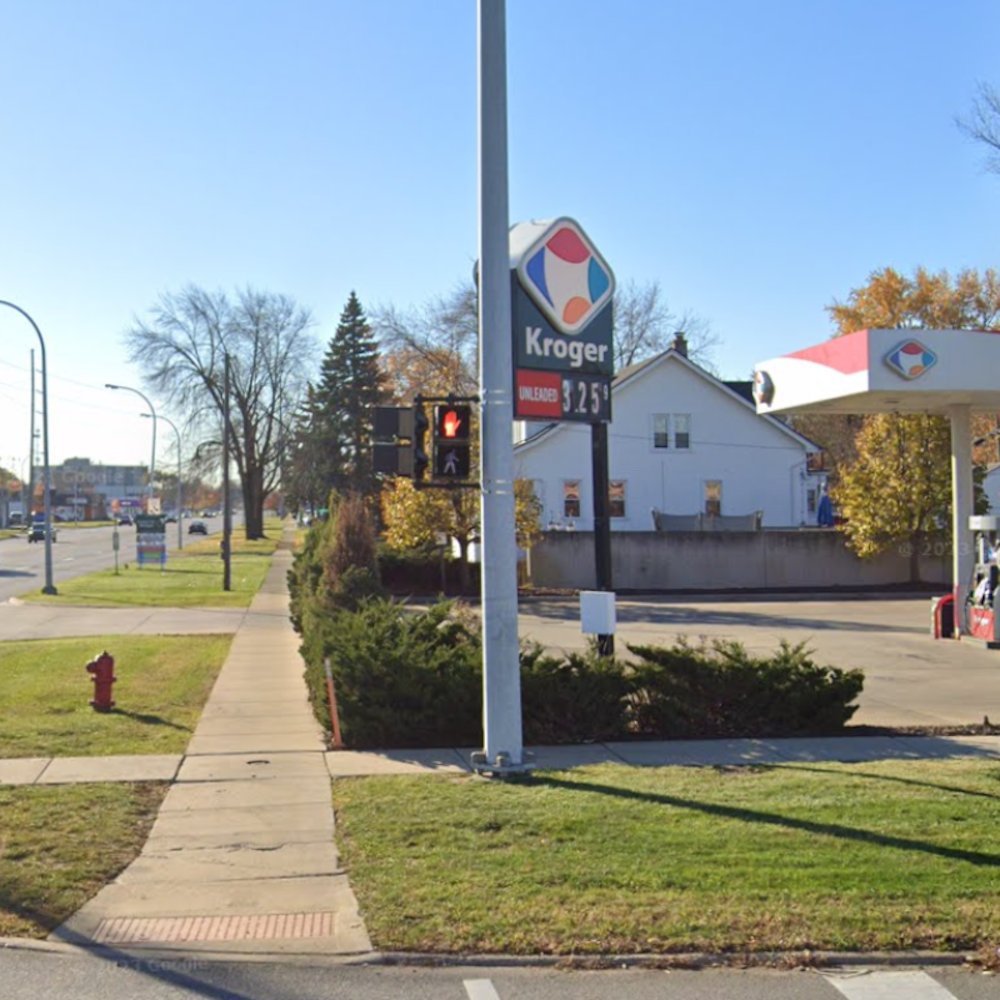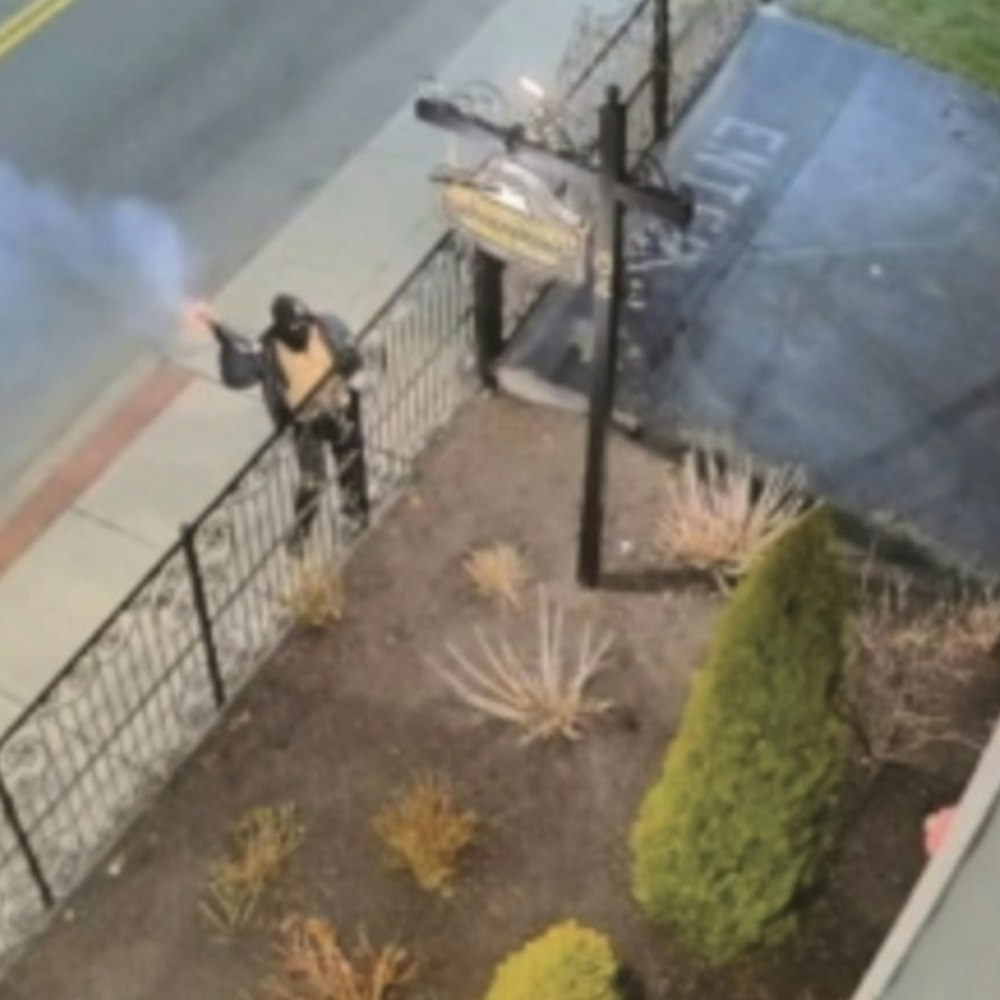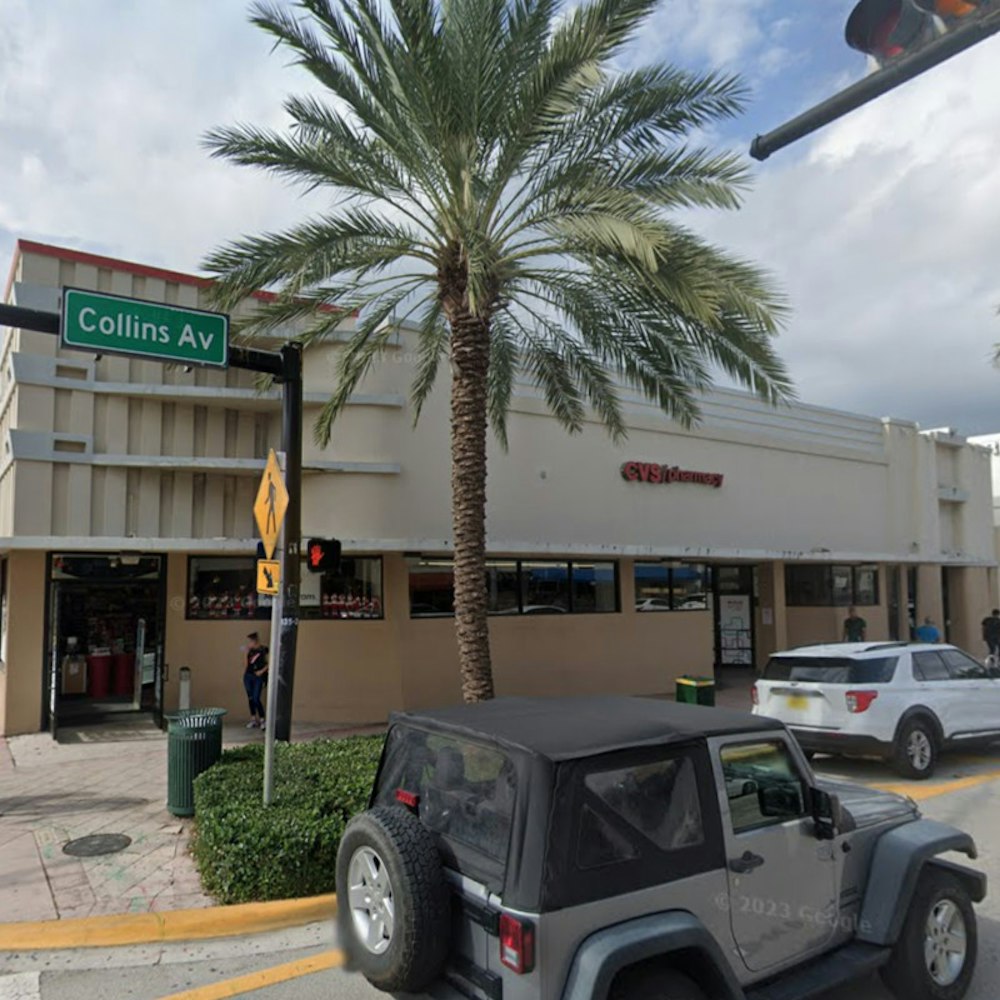
A little under two weeks after the Muni metro officially reopened — and then, three days later, shut down again — SFMTA officials have announced that it will not return until the end of 2020 at the earliest.
"Our ballpark right now is the end of the year," said director of transit Julie Kirschbaum at yesterday's board of directors hearing. "We have to work through a lot of open questions between now and then."
Muni's light-rail lines had been on a shelter-in-place hiatus for five months when they reopened on August 22. During that time, the agency had undertaken repairs to the tunnels, including installing new splices — the connections of overhead wires that power the trains.
But on the trains' second day back, a splice malfunctioned at Castro station, delaying service. The next day, another splice malfunctioned at Forest Hill station, damaging an overhead wire and knocking out light-rail service for five hours during the morning commute.
Simultaneously, an employee at Muni's transportation management center — the control center for its trains — tested positive for COVID-19. That meant several other employees at the center had to be quarantined, leaving insufficient controllers to operate the trains safely.
In the face of these obstacles, the SFMTA shut down train service on August 25, once again replacing the trains with the bus shuttles that had supplanted them at the start of shelter-in-place.

Muni's 154 splices are customized to the system’s specifications, and require highly specialized manufacturing. The two failed splices were found to be low-quality, and it's possible more of the new ones are as well.
Muni's staff is working to develop a quality assurance program, including outside parts testing and implementation of video technology to improve the early detection of fissures or cracks that cannot be spotted with the naked eye before they become a failure.
In some locations, officials plan to remove the splices completely, replacing them with a longer wire that will not require those connections.
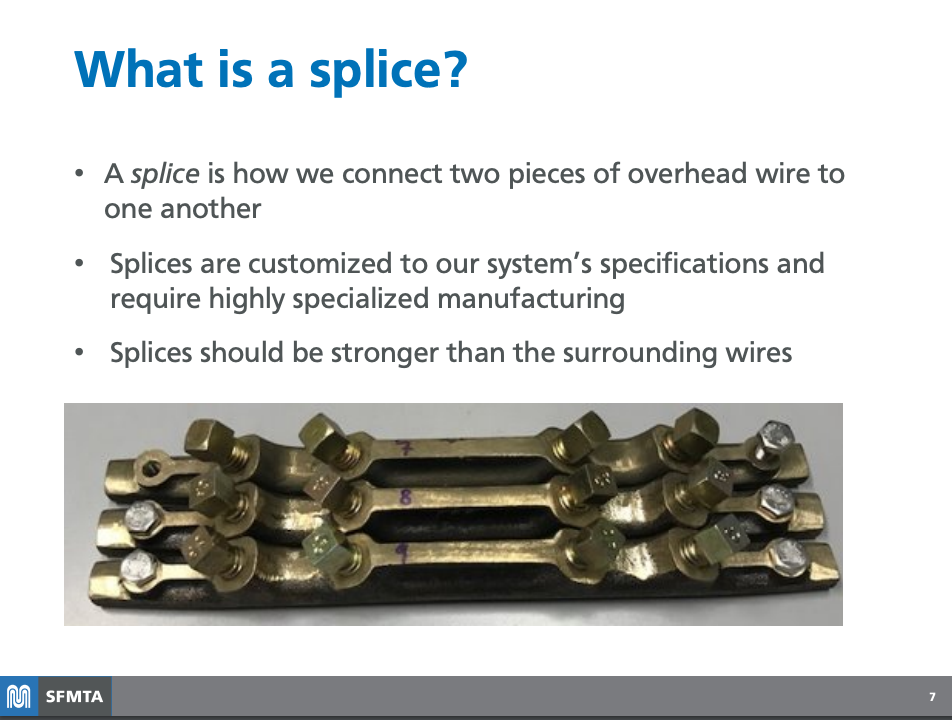
Meanwhile, Muni is still working on the control center staffing issue, which was exacerbated by current staffing shortages. The control system itself is from the 1980s, and uses a complex and out-of-date program that requires special expertise and training.
According to a presentation shared during the hearing, Muni's current class of trainees cannot complete on-the-job training until the rail system reopens, creating a catch-22 for adding more controllers.
In the meantime, the control center will try to prevent another incident by increasing staff separation, requiring face shields, and adding even more than six feet between workstations. It will also encourage the use of virtual messaging instead of physical interactions.
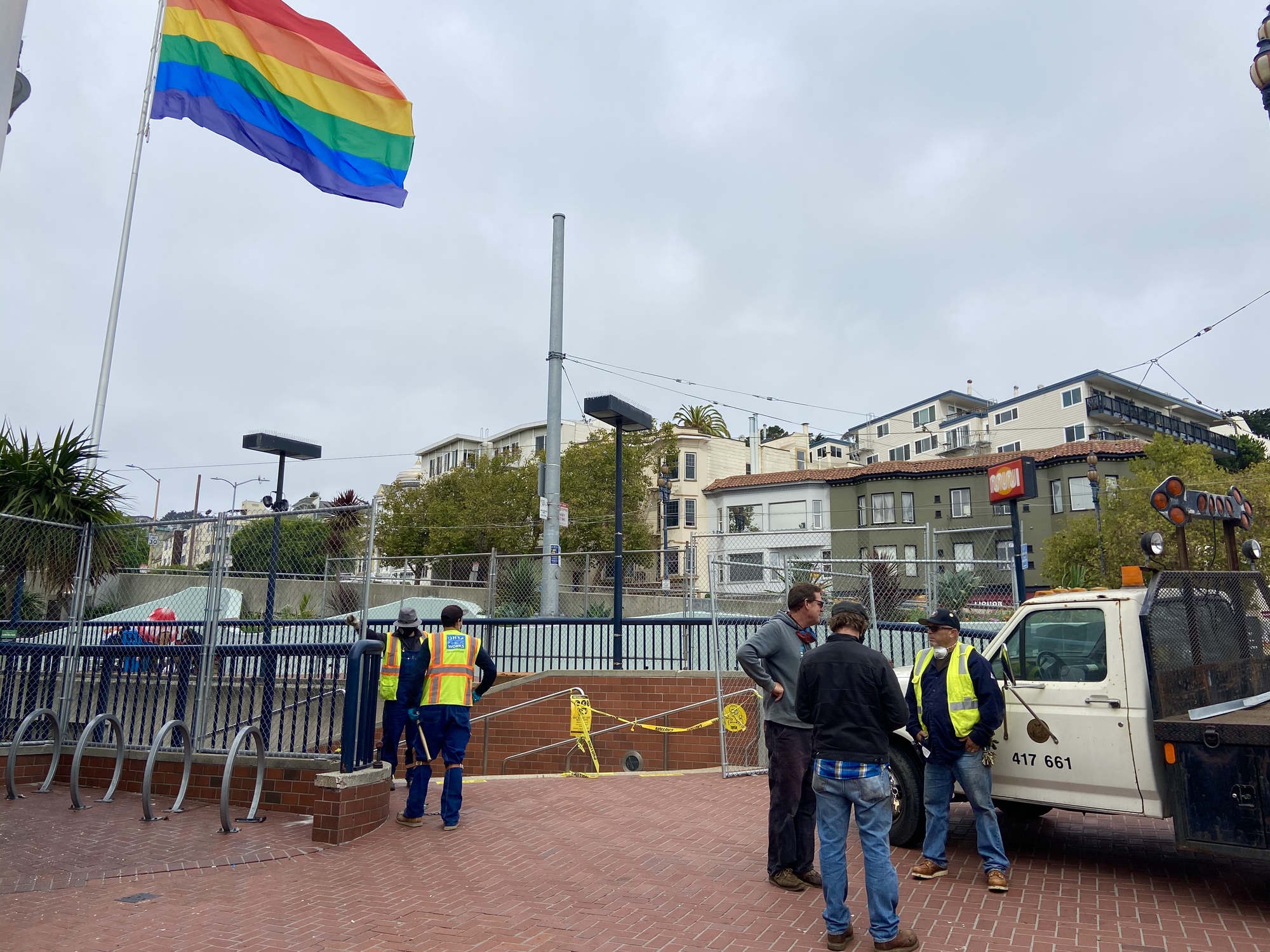
The return of the shuttles has put some strain on Muni's bus system, which it had reallocated from the train shuttles to reopen more bus lines. The agency is already lighter on buses than usual, because they're being returned to the yard for more frequent cleaning (roughly every eight to nine hours).
The shuttle bus system has been adjusted since last week "based on ridership patterns," Kirschbaum said, and also "to minimize the amount of total buses" needed.
